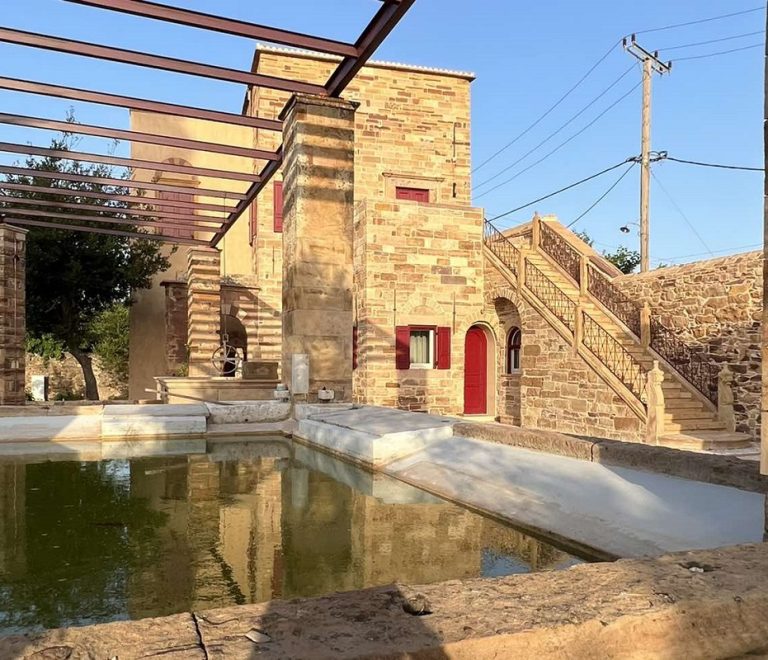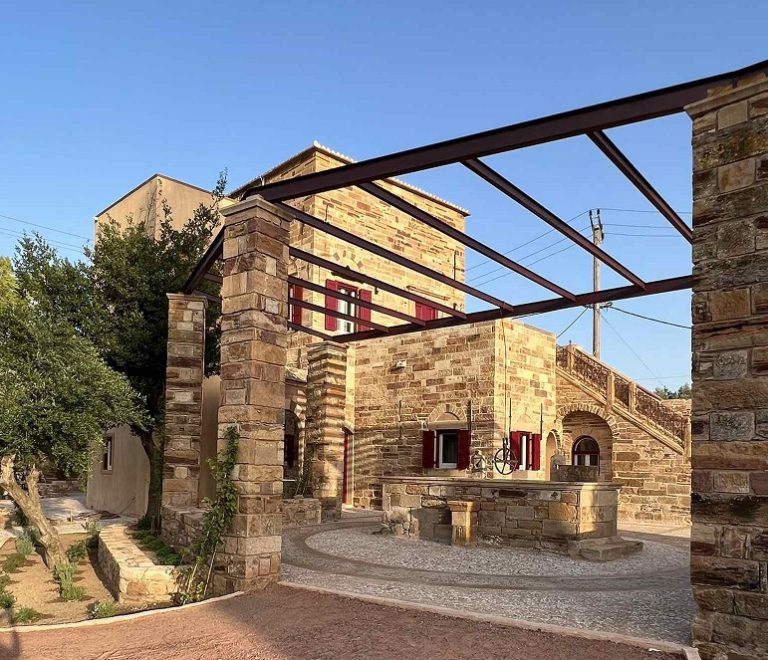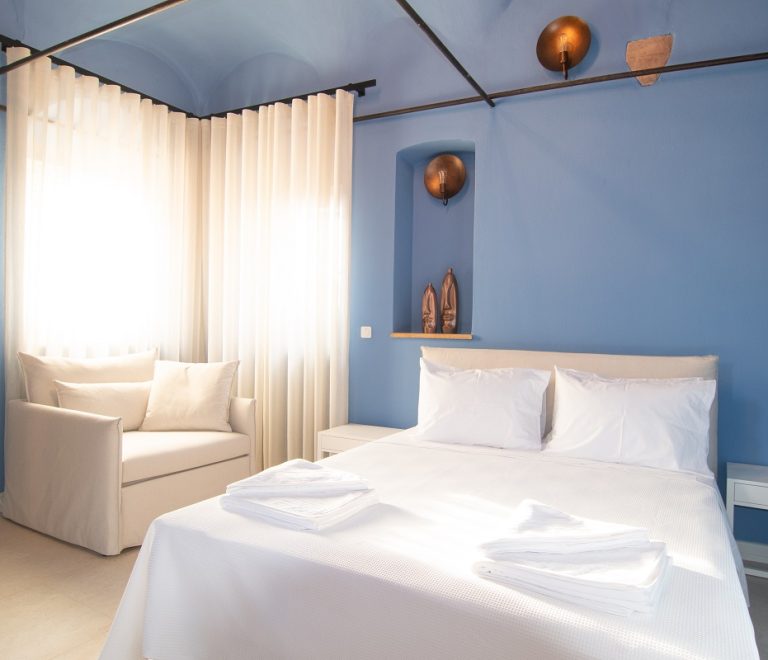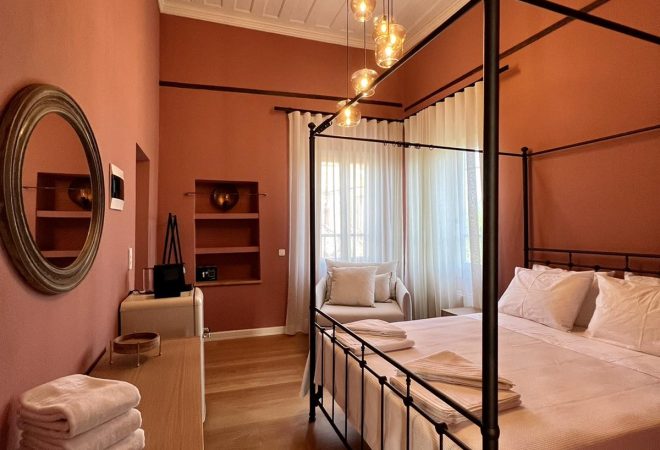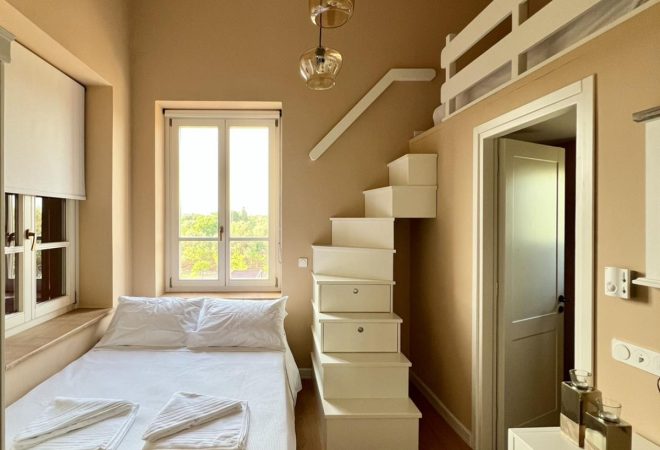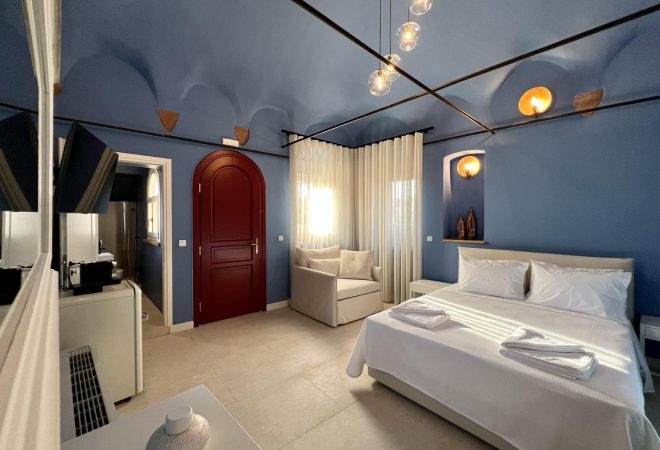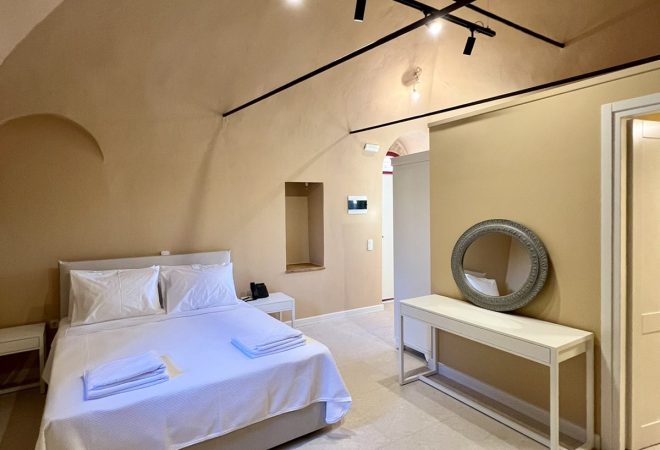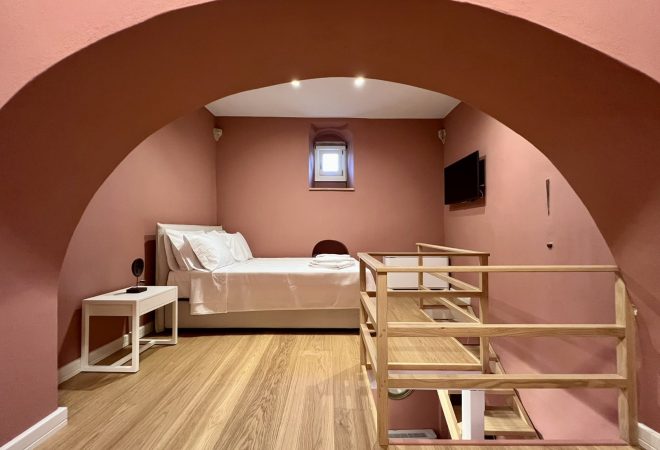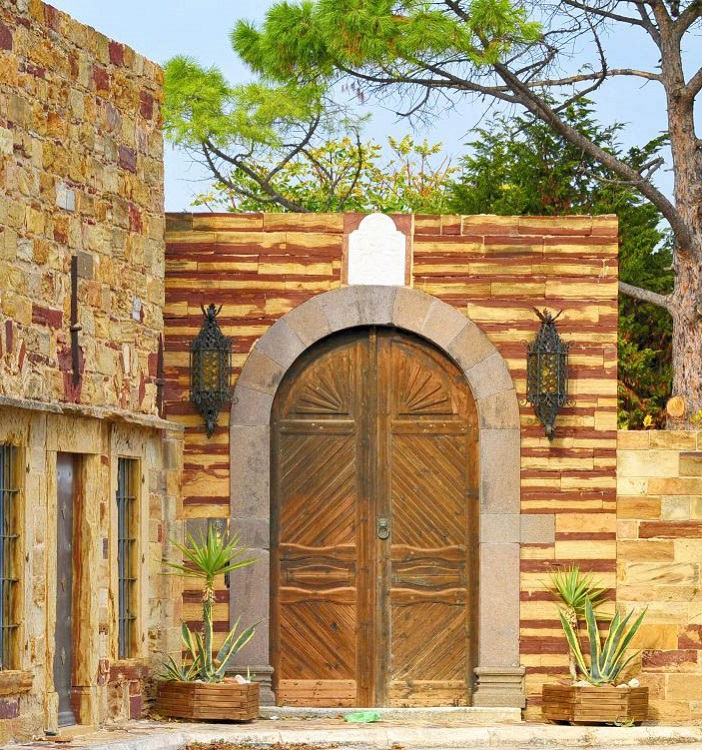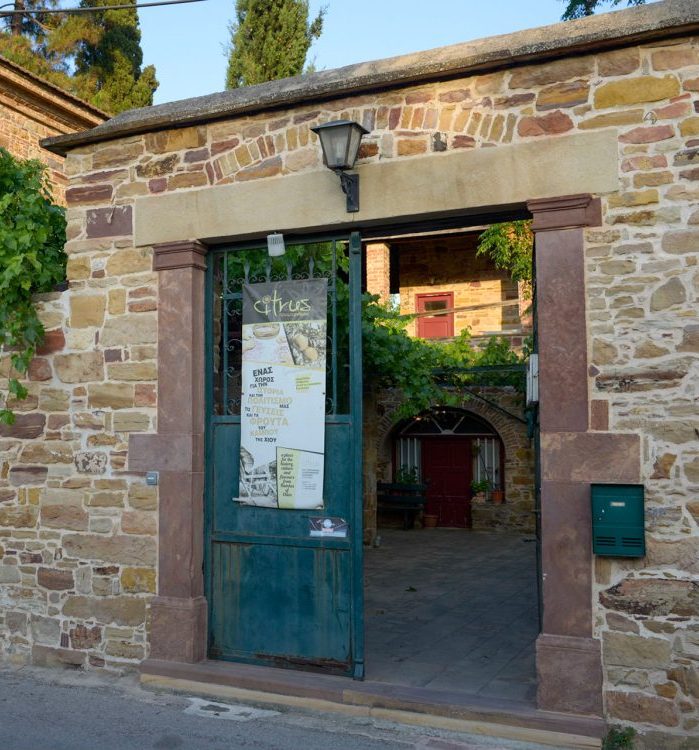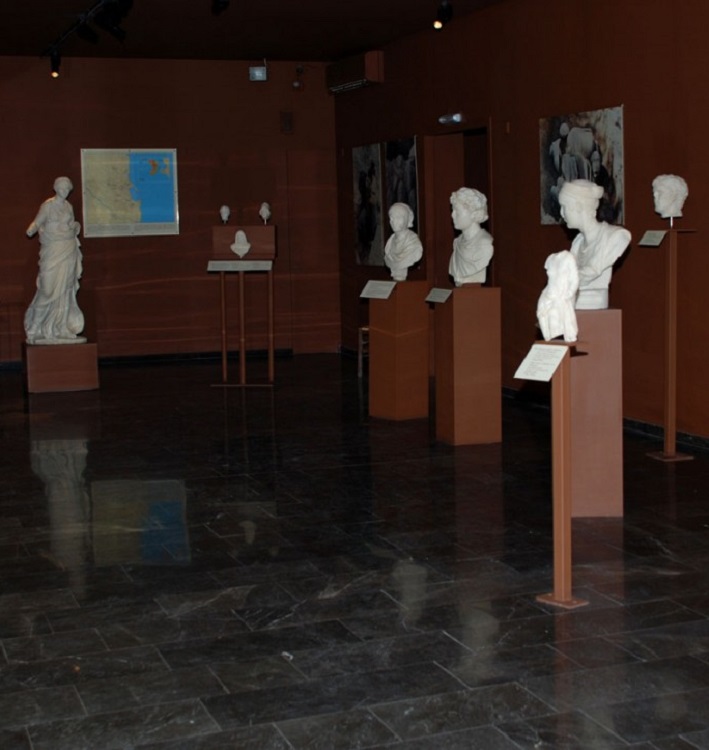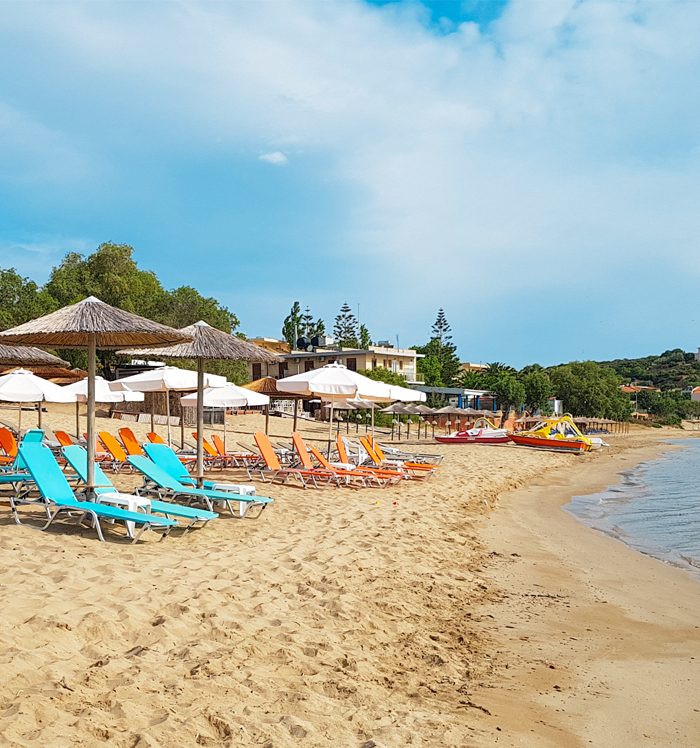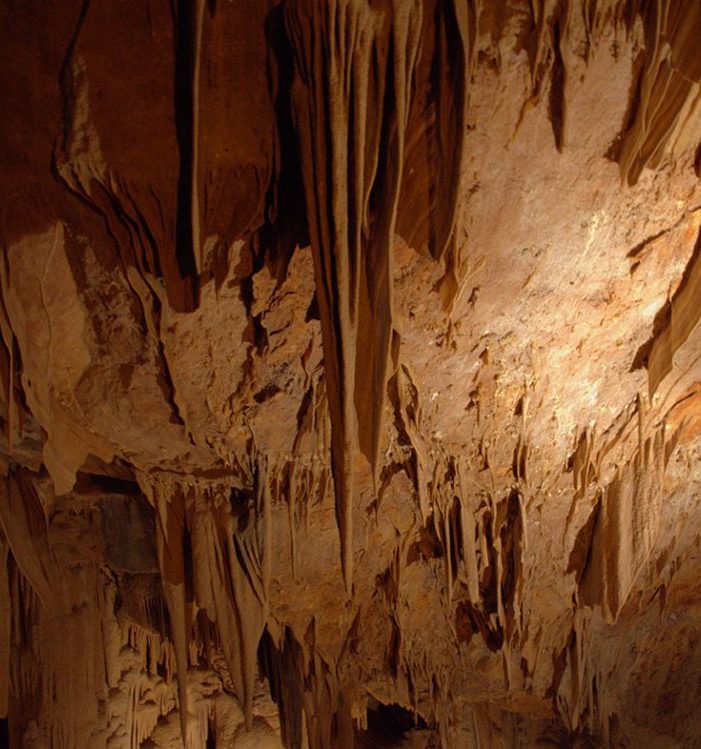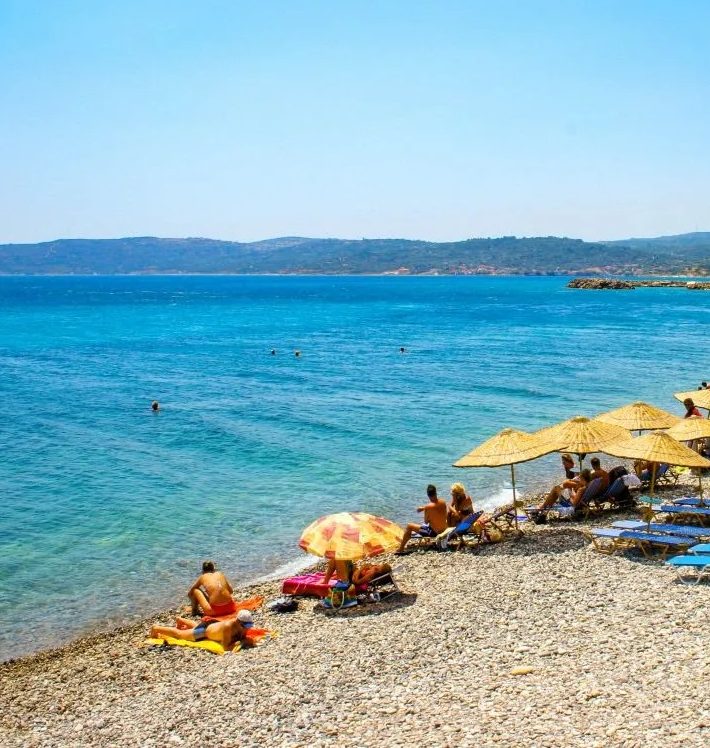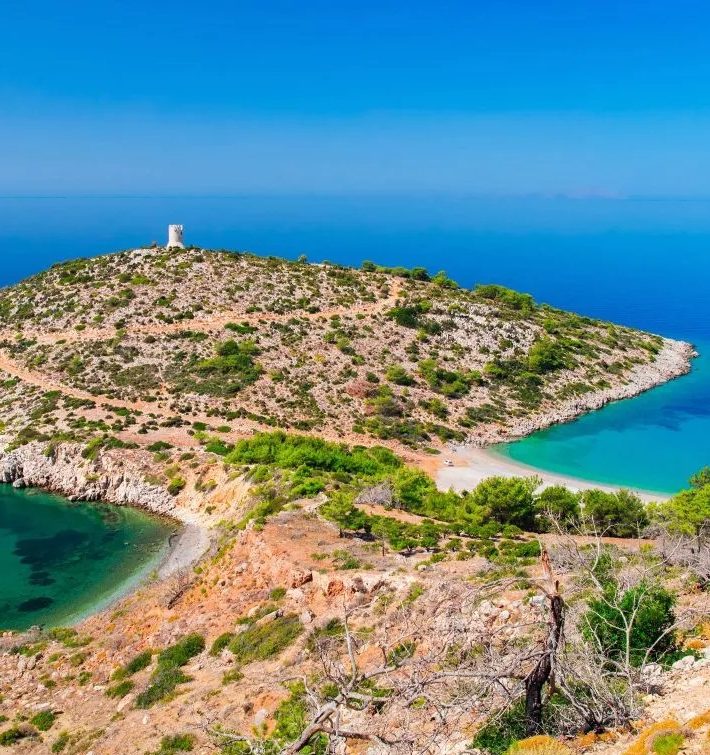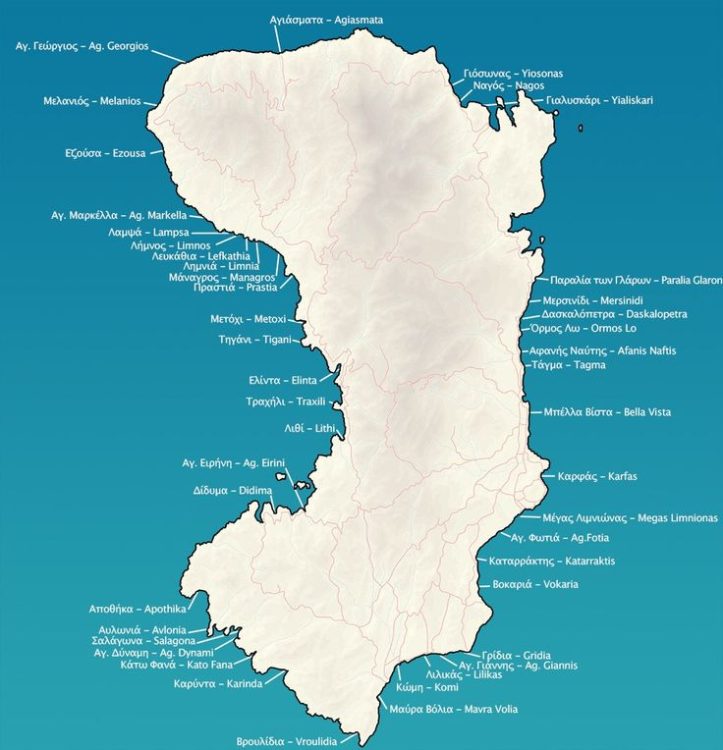Welcome home
Our world is your Serenity
Make yourself at home in our very sophisticated guest rooms.
Luxury Hotel More than a stay
The boutique hotel Pyrgos Rodocanachi is located in Kampos of Chios, at a distance of 6km from the center of the island. The hotel is an old mansion of the area. The building was carefully renovated, respecting the traditional architecture in the year 2022, combining the local character of the settlements with modern touches and offering visitors a view of the impressive Kampos of Chios.
